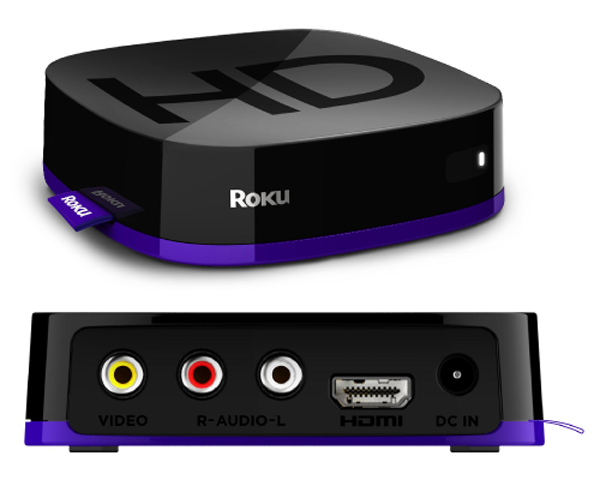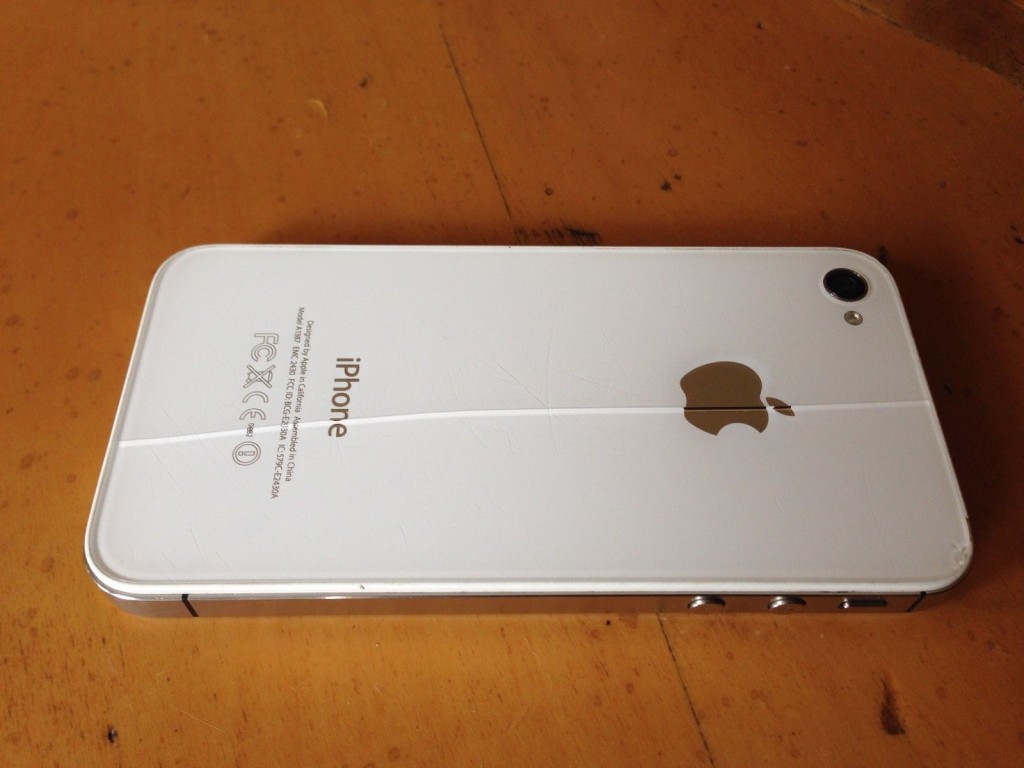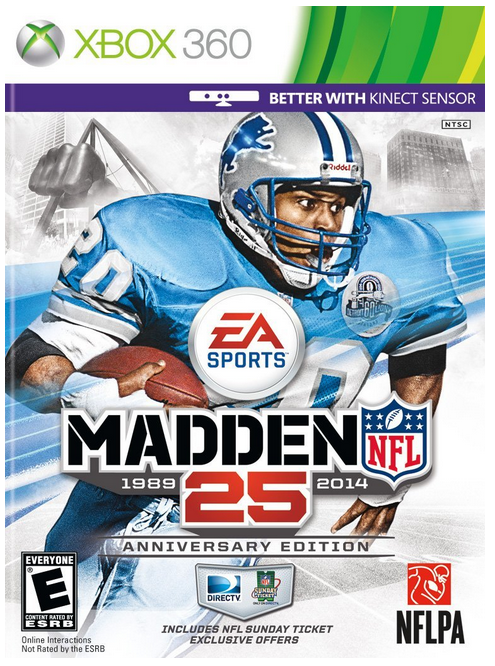
Image lifted directly from Roku.com, but it’d take an awful lot of arrogance for them to dare complain about it.
Both CYC Headquarters (unincorporated Clark County, NV) and CYC Winter Headquarters (Napili-Honokowai, HI) have what’s best styled as an acceptable level of technology. No video game system (thanks, but we’re adults), no 3D TV, no wireless subwoofers (alas, ours are wired.) The general rule is that any technological advancements should ease our lives, not further complicate them. An integrated car stereo that lets you play music and take phone calls at the touch of a button or through voice activation? Sure, if the price is right. An inflatable movie screen? Come on. There’s a reason why The Sharper Image went out of business.
The corollary to the general rule is that good technology should reduce if not eliminate clutter. Many years ago, the fat, disgusting, tobacco-addicted and genitally odoriferous ex-spouse of a CYC principal bought a living room wall’s worth of VHS movies, most of which never even made it out of the shrinkwrap. A decade ago, a musicophile had to lug one’s entire CD collection into the vehicle in order to satisfy eclectic tastes. (There’s nothing more adorable than seeing a modern-day car with the CD sleeve behind the sun visor. The driver can choose among 8 of her favorites!)
Having been availed of Apple TV, Google Chromecast etc., we decided to enter the world of digital video players. We checked out Roku’s latest iteration, the Roku 3; bought one, and have yet to regret our decision.
The device itself is an unassuming flat black cuboid, a Piet Mondrian hockey puck. This particular model, $89 on Amazon, is Roku’s only one designed specifically for HDTVs. Out of the gate we should mention that $89 is the cost in its entirety: there are no monthly fees, usage charges, shakedowns or anything like that. As for the unit itself, among other capabilities it lets your TV access streaming services (Pandora, Hulu, Netflix, and hundreds upon hundreds more.) From our experience, Pandora on an iPhone is swell, Pandora on a laptop can be unwieldy, but Pandora on a living room big screen is fantastic.
The Roku availed us of similar services that we didn’t know existed. M-Go? Sounds reasonable. HBO Go? Sure, why not? Flixster, Pop Flix, ADC, Viewster, Pub-D-Hub, and at this point we think they’re just screwing with us. At least half of these names have got to be dummy services – a Potemkin village of entertainment choices for the modern palate.
And that’s just for viewing. The listening services include dozens more choices that outpace the human ear’s capacity. There are even choices so arcane that just knowing they exist is entertainment enough: like CHN Network, “dedicated to covering news within Canada and the Caribbean community.”
But here’s the trippy part- the Roku feature that we use most often isn’t even listed among its major selling points. Roku can play your music collection and/or your photo collection directly from your iPhone (or Android phone, presumably.) The “and/or” designation is critical, too. You can play your music through your TV’s speakers while the screen features a slideshow (or still shot) of your choice. Or you can just play the photos. Or you can just play the music. (If you do, the visual accompaniment is the artist/album/song information and associated artwork, bouncing around in screensaver fashion.)
Better still, Roku makes Google Play and iPhone apps that turn your phone into a remote. From personal experience, it works perfectly. Even better than that, this does not render superfluous the remote that comes with the Roku box itself. That remote has a headphone jack. Which means that if one person wants to watch or listen to something grating and cacophonous, with a pair of headphones the remainder of the household can be spared.
Built-in wireless. Ethernet if that’s your thing. Motion control for games, and something about Angry Birds (sorry, we started wandering off when talk turned to video games.) The Roku 3 includes a microSD card slot and a USB port, too. That’s in addition to the HDMI cable port you need to get the thing working. Once you’re up and running you can search for movies, TV shows etc. via Roku’s comprehensive on-screen menu. You will never again go back to the cumbersome method of selecting various services on your computer and looking at them individually.
The only downside is that Roku can’t play DRM-protected content from, say, the iTunes store. And if you heeded our advice and bought music from a Russian knock-off digital media store that offers a wider selection than iTunes does and sells everything at 90% off Apple’s prices, that’d be a non-issue.
When we think of how as recently as 2008 we hired a crooked audio/video installer to spend weeks wiring our home with superfluous services such as multiple iPhone ports throughout the house (we needed only one, and now that Apple made the iPhone 1/3″ higher and incorporated the 8-pin Lightning dock connector, even that one port is useless), it makes us want to cry. Being able to play music from an iPhone mounted on the wall used to be the height of luxury. Now it’s outmoded, superseded by our newfound ability to play music, movies, and probably even porn directly through our TV. Thank you, Jesus, and thank you, Roku.
This was not a compensated post. The folks at Roku didn’t give us so much as a single shiny farthing. But this is a personal finance site, and we figured it was worth your while to know that you can buy what once would have been hundreds if not thousands of dollars worth of entertainment features and capabilities for a mere $89 (slightly more if ordered directly from the company.)





